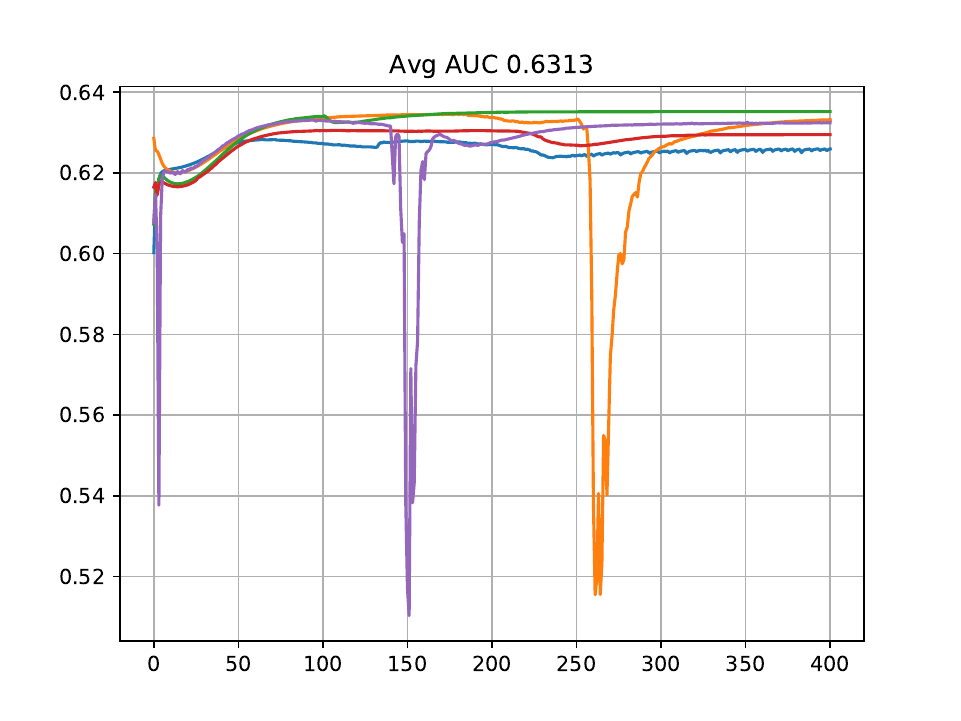Code for the framework in Deep Generative Models for Reject Inference in Credit Scoring (paper).
If you use this code in your research, please cite:
@article{mancisidor2020deep,
title={Deep generative models for reject inference in credit scoring},
author={Mancisidor, Rogelio A and Kampffmeyer, Michael and Aas, Kjersti and Jenssen, Robert},
journal={Knowledge-Based Systems},
volume={196},
pages={105758},
year={2020},
publisher={Elsevier}
}
The code for model1 and model2 in the paper are developed in Theano. We suggest to run the code using Docker. Run the command docker pull rogelioandrade/theano_setup:v4 to pull an image with all dependencies into your local machine or to run the code in a cluster, e.g. using AKS.
The structure of the project should look like this:
reject_inference
│───data
│───output
│───python
│───model1
│───model2
Otherwise you will get error messages when loading the data, saving figures etc.
Note: you can run bash build_image to build the above image and mount all folders inside reject_inference.
Inside data there are two zip files containing the supervised (supervised_lc_paper.pk.gz) and unsupervised (unsupervised_lc_paper.pk.gz) data sets for Lending Club.
Pretrained models are available in the output folder. To load a pretrained model use the script test_model1.py or test_model2.py.
Note: Weights trained on a GPU(CPU) can only be loaded again on a GPU(CPU). The pretrained weights in the output folder were trained on a GPU.
Make sure the requirements are satisfied in your environment, and relevant datasets are downloaded. cd into python/model1 or python/model2, and run
For model1 (on GPU)
THEANO_FLAGS=device=cuda0,floatX=float32 python -u training_model1.py --outfile model1 --epochs 401 --n_cv 1 --beta 1.1 --dset paper --n_sup 1552 --n_unsup 30997 For model2 (on GPU)
THEANO_FLAGS=device=cuda0,floatX=float32 python -u training_model2.py --outfile model2 --epochs 501 --n_cv 1 --beta 1.1 --dset paper --n_sup 1552 --n_unsup 30997 To run the code on cpu replace device=cuda0 for device=cpu.
You can play with the hyperparameters using arguments, e.g.:
--n_sup: number of observations from the minority class, i.e. y=1--n_unsupnumber of unsupervised observations--zdim: dimension of latent variable
For all arguments see all add_argument() functions in training_model1.py and training_model2.py
Run model.plot_gmm_space() to draw z representations and visualize them as 2D t-sne vectors. The above figure shows a mixture of two Gaussians distributions in the latent space. The representations for customers with class label y=1 lie in the upper-right cuadrant. The histograms on the side show the estimated default probability for each class label. Customers with class label y=1 have on average higher default probabilities. The scatter color is given by its estimated default probability.
Note: It takes some epochs (~500 epochs) before the latent space shows a mixture model.

